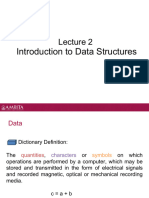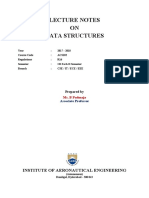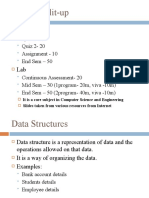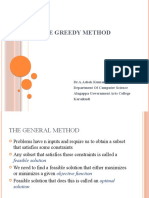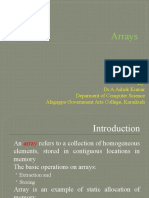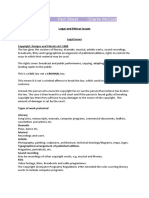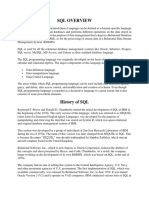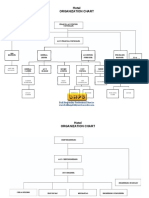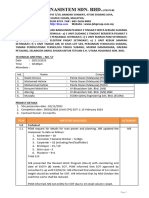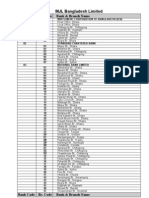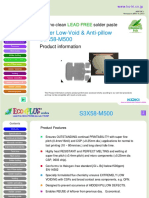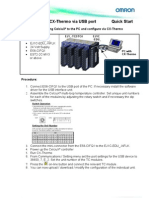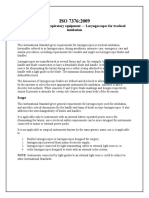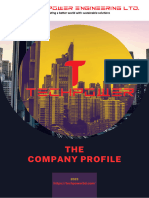0% found this document useful (0 votes)
69 views16 pagesChapter 1 - Introduction To Data Structures
This document provides an introduction to data structures. It discusses that computer systems are based on storing, accessing, and manipulating data. It also discusses types of data structures like abstract data types which hide implementation details from users. Common data structures include lists, stacks, queues, trees, and graphs which have different topologies. Selection of an appropriate data structure is important for solving problems efficiently.
Uploaded by
Ambrose Ashok KumarCopyright
© © All Rights Reserved
We take content rights seriously. If you suspect this is your content, claim it here.
Available Formats
Download as PPTX, PDF, TXT or read online on Scribd
0% found this document useful (0 votes)
69 views16 pagesChapter 1 - Introduction To Data Structures
This document provides an introduction to data structures. It discusses that computer systems are based on storing, accessing, and manipulating data. It also discusses types of data structures like abstract data types which hide implementation details from users. Common data structures include lists, stacks, queues, trees, and graphs which have different topologies. Selection of an appropriate data structure is important for solving problems efficiently.
Uploaded by
Ambrose Ashok KumarCopyright
© © All Rights Reserved
We take content rights seriously. If you suspect this is your content, claim it here.
Available Formats
Download as PPTX, PDF, TXT or read online on Scribd
/ 16




